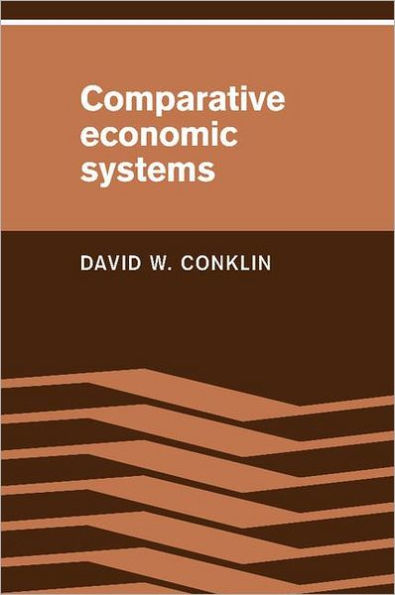5
1
9780521348898



Comparative Economic Systems: Objectives, Decision Modes, and the Process of Choice available in Hardcover, Paperback

Comparative Economic Systems: Objectives, Decision Modes, and the Process of Choice
- ISBN-10:
- 0521348897
- ISBN-13:
- 9780521348898
- Pub. Date:
- 07/26/1991
- Publisher:
- Cambridge University Press
- ISBN-10:
- 0521348897
- ISBN-13:
- 9780521348898
- Pub. Date:
- 07/26/1991
- Publisher:
- Cambridge University Press

Comparative Economic Systems: Objectives, Decision Modes, and the Process of Choice
$112.0
112.0
In Stock

Product Details
| ISBN-13: | 9780521348898 |
|---|---|
| Publisher: | Cambridge University Press |
| Publication date: | 07/26/1991 |
| Pages: | 428 |
| Product dimensions: | 6.02(w) x 9.06(h) x 0.87(d) |
From the B&N Reads Blog
